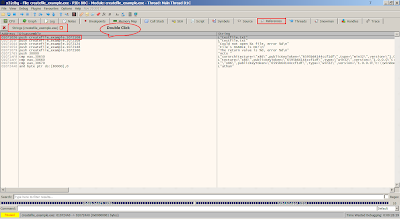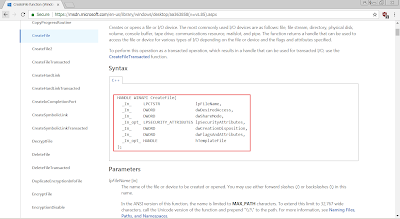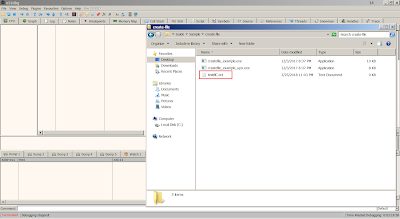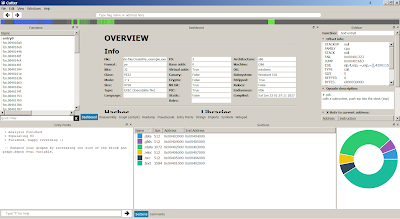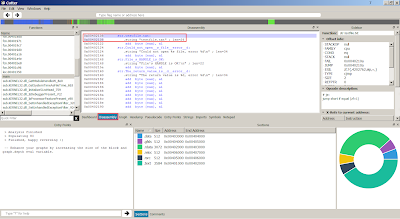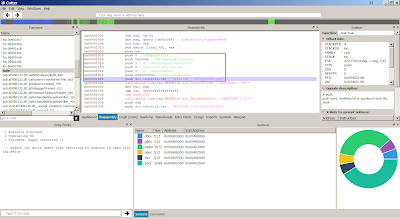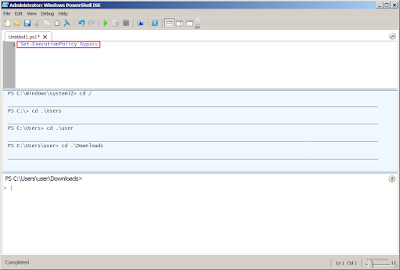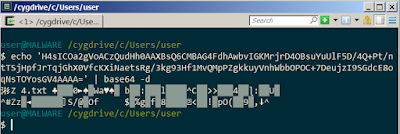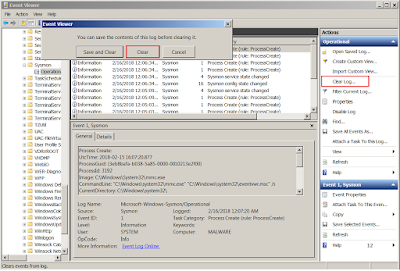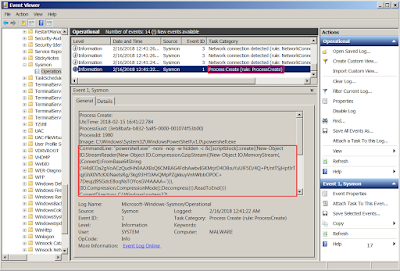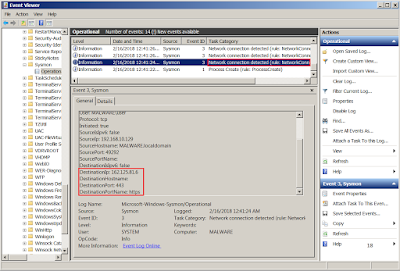- The IDA Pro (Free/ Commercial)
- Ollydbg (Free)
- Immunity Debugger (Free)
- Radare2 (Free)
- x32/64dbg (Free)
- Binary Ninja (Free/ Commercial)
- Windbg (Free)
Using the sample executable files.
x32dbg
Open x32dbg:
Open sample create file executable into x32dbg:
Using F9 key to run once the program:
The entry point for the main function:
Right click on the disassembly then search for string references on current module:
The string references will appear in References Tab, double click on the disassembly will jump to the offset:
The arguments required by CreateFile function as shown:
The explanation of the CreateFile function can refer back to MSDN:
In order to patch the filename, follow the address in dump:
Notice the filename in dump, right click and modify the value:
After successful patch the filename, use F9 to continue run.
Note that the new created filename has changed.
Cutter
Cutter is GUI of radare2.
Open cutter:
Open the sample executable file to analyze:
Search for the main function then double click on it, it will takes you to the disassembly of the main function:
Click on Strings then double click on suspicious strings:
Upon double click, it will jump to the offset of the strings:
Right click on the address and select Show X-Refs:
A X-Refs windows will pop up then double click on the founded:
It will jumps to the address in disassembly view:
Select Graph to view it in Graph mode:
Radare2
Use rabin2 and -z argument to display the strings in executable file:
Use the address obtained from rabin2 in radare2:
Use 'aaa' command to auto analyze the executable file, 'px' command to print the hexdump of the address and 'axt' command to find the code references of the address:
Use 's' command to directly jump to the address and 'pdf' command to print the function in disassembly:
Use 'VV' command to change to graph mode. Use 'q' command to quit visual or graph mode.
Adding the '-w' argument enable the write mode. Patching the binary can use 'w' command.
Note: radare2 will save the patched binary once quit.
Use '-d' argument to debug the program. Use 'dc' command to execute the program. The following will execute the program to the end.
End of Just another Malware Analysis Guide (5) - Reverse Engineering (x32dbg/cutter/radare2)







